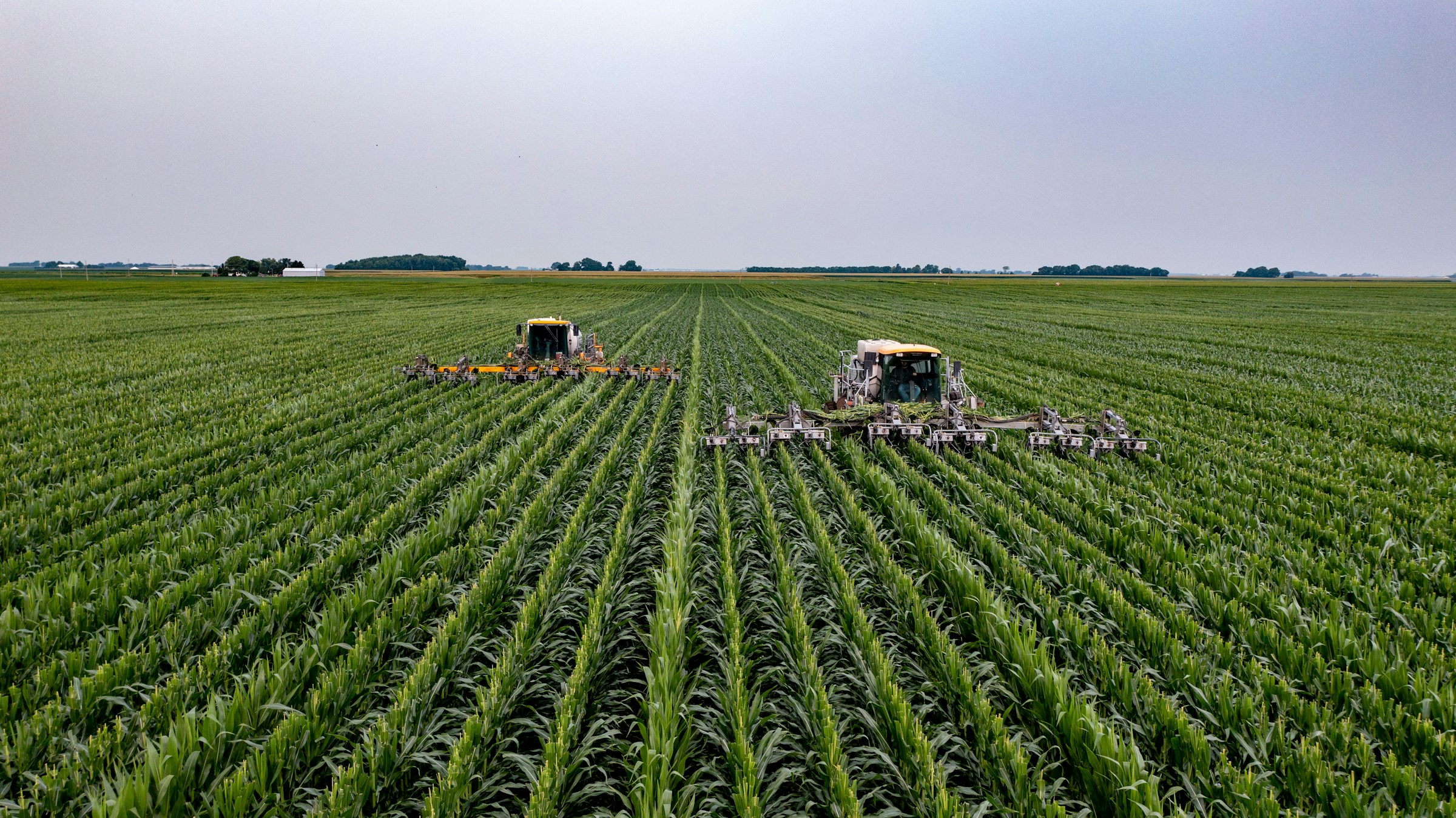Advancements in Agriculture: Smart Farming Techniques for Better Yields
Advancements in Agriculture: Smart Farming Techniques for Better Yields
Blog Article
Optimize Crop Development and Return With Costs Water Soluble Polymers for Farming
Premium water-soluble polymers have actually arised as an encouraging tool in this search, offering a variety of advantages that can transform the way we come close to plant growing. By addressing crucial aspects such as soil framework, water retention, and nutrient delivery, these polymers have the prospective to open brand-new degrees of effectiveness and yield in agricultural manufacturing.
Benefits of Water-Soluble Polymers
Water-soluble polymers use a range of advantages in agricultural applications, improving dirt structure and water retention efficiency. These polymers, when put on the dirt, can considerably enhance dirt aggregation, lowering erosion and boosting total dirt health and wellness. By boosting dirt structure, water-soluble polymers develop an extra beneficial atmosphere for origin development and development, ultimately causing enhanced plant returns.

Enhanced Dirt Structure
Offered the shown advantages of water-soluble polymers in improving dirt high quality and water retention, a vital facet that stands out is the significant impact these polymers have on reorganizing the soil composition. Costs water-soluble polymers play a critical duty in improving dirt structure by advertising soil aggregation and security. By enhancing dirt framework, water-soluble polymers help stop dirt compaction, which can limit root growth and water motion.
Boosted Water Retention
Boosted water retention can be attained through the usage of premium water-soluble polymers in agricultural practices. These polymers have the one-of-a-kind capacity to absorb and maintain big quantities of water within the soil account, producing a storage tank that plants can access during periods of water stress and anxiety.
Costs water-soluble polymers function by forming a gel-like structure when blended with water, raising the soil's water-holding ability and decreasing water loss via evaporation and drainage. This improved water retention not just boosts plant durability to drought conditions yet likewise lowers the regularity of watering, resulting in water preservation and price financial savings for farmers.
Reliable Nutrient Shipment
With the foundation of boosted water retention now developed, the emphasis moves towards optimizing farming techniques with the effective distribution of nutrients to plants for continual development and productivity (Agriculture). Efficient nutrient shipment is crucial in optimizing plant yields and making sure plant health and wellness. Water-soluble polymers play a vital role in this process by promoting the regulated release of crucial nutrients to the plants' origin systems
One key benefit of utilizing costs water-soluble polymers for effective nutrient distribution is their capacity to bind with nutrients, such as nitrogen, phosphorus, and potassium, avoiding seeping and drainage. This makes sure that the plants get a constant and steady supply of nutrients, minimizing wastage and environmental impact.
Furthermore, these polymers can boost nutrient uptake effectiveness by advertising origin development and improving soil framework (Agriculture). By producing a beneficial atmosphere for origin development, water-soluble polymers aid plants accessibility nutrients find here a lot more effectively, leading to healthier plants with raised resistance to stressors like dry spell or disease
Taking Full Advantage Of Crop Returns
These polymers play a vital role in boosting dirt structure, water retention, and nutrient absorption, eventually leading to boosted plant growth and growth. By incorporating water-soluble polymers right into their watering practices, farmers can guarantee that plants receive a sufficient and constant water supply, also during periods of dry spell or water deficiency.
In addition, water-soluble polymers help decrease soil erosion, reduce nutrient leaching, and promote origin advancement, all of which add to greater crop yields. By developing a safety film around plant roots, these polymers boost nutrient uptake efficiency and safeguard plants from ecological stress factors. Additionally, the usage of costs water-soluble polymers can improve the general wellness and durability of plants, resulting in raised yields and boosted farming sustainability.
Conclusion

These polymers, when applied to the dirt, can substantially improve dirt aggregation, lowering erosion and increasing overall soil wellness.Provided the demonstrated benefits of water-soluble polymers in improving soil high quality and water retention, an essential facet that stands out is the considerable effect these polymers have on restructuring the soil structure. Costs water-soluble polymers play a critical duty in boosting soil structure by advertising soil aggregation and stability. By enhancing dirt structure, water-soluble polymers assist stop soil compaction, which can restrict root development and water activity. These polymers have the unique capacity to soak up and keep huge amounts of water within the dirt profile, creating a storage tank why not find out more that plants can access throughout periods of water tension.
Report this page